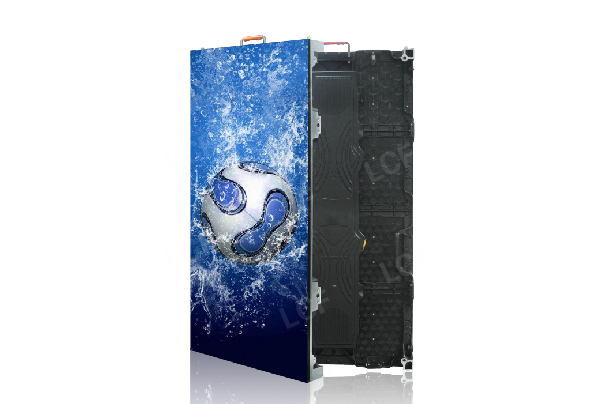Publisher: Supplier of LED Display Time: 2018-12-24 Views: 3743

1. The fan dissipates heat. The long-life and high-efficiency fan is used inside the lamp housing to enhance heat dissipation. The more commonly used method is low in cost and good in effect.
2. Use aluminum heat dissipation fins, which is the most common heat dissipation method. Use aluminum heat dissipation fins as part of the shell to increase the heat dissipation area.
3. Integration of thermal conductivity and heat dissipation - the use of high thermal conductivity ceramics, the purpose of heat dissipation of the lamp housing is to reduce the working temperature of the LED high-definition display chip, because the expansion coefficient of the LED chip is very different from the expansion coefficient of our usual metal thermal conductivity and heat dissipation materials. The LED chip cannot be directly welded, so as to avoid high and low temperature thermal stress damage to the LED display chip.
4. Heat dissipation by heat pipe, using heat pipe technology, the heat is conducted from the LED display chip to the heat dissipation fins of the shell.
5. Air hydrodynamics, using the shape of the lamp housing to create convection air, which is the most cost-effective way to strengthen heat dissipation.
6. Surface radiation heat dissipation treatment, the surface of the lamp housing is treated with radiation heat dissipation treatment. It is relatively simple to apply radiation heat dissipation paint, which can take the heat away from the surface of the lamp housing by radiation.
7. Thermally conductive plastic shell, which is filled with thermal conductive material when the plastic shell is injection molded, so as to increase the thermal conductivity and heat dissipation capacity of the plastic shell.
It can be seen that the maturity and progress of LED display cooling technology will be conducive to its saving and environmental protection concepts. LED electronic display manufacturers have various methods to improve the heat dissipation of LED display in the production of LED display. There will be different considerations when dissipating heat according to the size of the power and the place of use.
The indoor LED display is used in the indoor environment, and the brightness requirements are not high, generally 600-1000CD, so the heat generated is not large, and in summer, the indoor air conditioner is basically turned on, which has a great effect on the heat dissipation of the screen. Advantages: The LED transparent screen adopts a light strip design, the flow of heat and air naturally dissipates heat, and the LED transparent screen is generally installed indoors for outdoor viewing, and the indoor air conditioner also plays a great role in cooling it. The outdoor LED display that needs to apply more heat dissipation methods is the outdoor LED display. Generally, when the outdoor LED display is installed, if the area is relatively large, an air conditioner will be installed inside the screen to cool down.